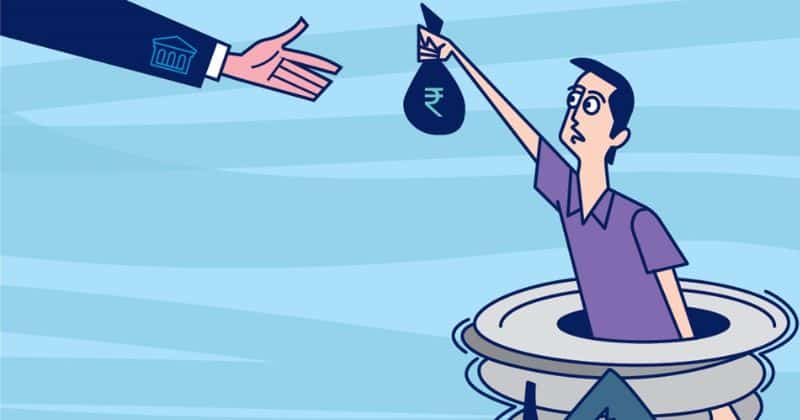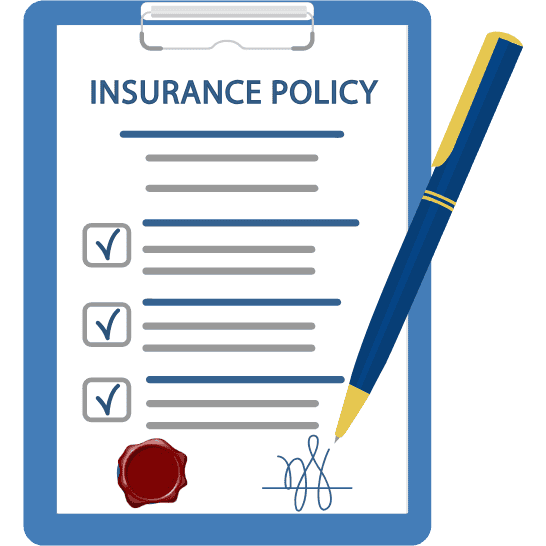How To Get Out of Loan Trap?

Getting trapped in a loan can be a stressful experience. Whether it’s due to mounting credit card debt, personal loans, or other types of unsecured loans, finding yourself in this situation can feel overwhelming. The weight of debt can seem unbearable, but it’s important to remember that there is always a way out. The key lies in taking a structured and practical approach to regain control of your finances. In this article, we’ll explore actionable steps to help you break free from the loan trap, with additional insights on services like RupeeRelief that can guide you through the process. Before you can begin to tackle your debt, it’s crucial to understand exactly what you’re dealing with. List all your loans, including credit cards, personal loans, payday loans, and any other outstanding debts. For each loan, note the following: Once you have a clear picture of your total debt, you can begin formulating a strategy to manage and pay it off. Take an honest look at your income, expenses, and savings. Are you living within your means? Are there areas where you can cut back on spending? This assessment will help you determine how much money you can allocate towards repaying your loans. If your income is not enough to cover your monthly expenses and loan repayments, you may need to consider additional sources of income. This could involve taking on a part-time job, freelancing, or selling items you no longer need. Additionally, identifying unnecessary expenses and cutting them back can free up money that can be used to pay off your debt faster. Not all loans are created equal, especially when it comes to interest rates. Start by prioritizing high-interest loans (such as credit card debt) since they will grow the fastest. Pay these off first, while making minimum payments on lower-interest loans. One strategy that can be effective is the debt avalanche method, where you pay off the highest-interest debt first, followed by the next highest, and so on. This method helps minimize the overall interest you pay, saving you money in the long run. Alternatively, if you prefer a psychological boost, you might choose the debt snowball method. This method involves paying off the smallest debt first, gaining momentum as you move on to larger debts. This can provide a sense of accomplishment and motivation to continue. One of the most effective ways to manage your debt is to communicate directly with your lenders. Many people avoid speaking to creditors because they fear being judged or harassed, but in reality, creditors are often willing to work with you. They’d rather come to a repayment agreement than have you default on the loan. Reach out to each lender and request a lower interest rate, extended repayment terms, or even a temporary reduction in payments. Some may offer hardship programs that could provide temporary relief. If you are struggling to handle this negotiation process on your own, RupeeRelief services can help. Their expertise in loan settlement and negotiation with creditors could significantly ease the process. Working with professionals ensures you get the best possible outcome without the stress of dealing with multiple creditors. If you’re juggling multiple loans with different interest rates and repayment schedules, consolidating your debt into a single loan could simplify things. Debt consolidation involves taking out a new loan to pay off your existing debts, leaving you with only one payment to manage. This is especially helpful if you can secure a loan with a lower interest rate. Another option is a balance transfer credit card, which allows you to transfer high-interest credit card debt to a new card with a 0% introductory rate. This can give you a temporary reprieve from interest, allowing you to pay off the debt more quickly. However, be sure to read the fine print and make sure you can pay off the balance before the introductory rate expires. One of the biggest mistakes people make when they’re already in debt is taking on more debt. Adding new credit card balances or taking out additional loans will only make your situation worse. During this time, it’s crucial to avoid the temptation to accumulate further debt. This means refraining from unnecessary purchases and focusing solely on paying down existing obligations. If you find it difficult to avoid spending, consider freezing your credit cards or setting up automatic payments for your essential expenses. You could also look into apps or tools that help you manage your spending and stick to a budget. If your debt has become unmanageable, and you're struggling to make any progress, professional debt settlement services like RupeeRelief can help. These services specialize in negotiating with lenders to reduce the total amount of debt you owe. Debt settlement professionals work with you to craft a plan that is both sustainable and acceptable to creditors. They may be able to negotiate lower payments, eliminate late fees, and reduce your overall debt. While this can be an excellent solution for many people, it’s important to note that there may be consequences, such as a temporary impact on your credit score. Having a clear repayment plan is essential for staying on track. This should include a realistic timeline for paying off your debt, taking into account your income and expenses. Set milestones for when you plan to pay off certain loans and stick to this plan as closely as possible. If necessary, re-evaluate your plan regularly to ensure you’re making progress. If your financial situation changes, adjust your repayment plan accordingly. Dealing with debt can feel isolating, but it’s important to remember that you’re not alone. Seek support from friends, family, or a financial counselor who can help keep you motivated and offer guidance. If you find yourself feeling overwhelmed, don’t hesitate to reach out for professional help. Services like RupeeRelief provide ongoing support throughout the debt resolution process. They can help you stay on track and remind you of the end goal: financial freedom. Once you’ve successfully paid off your debt, it’s time to focus on rebuilding your financial health. Start by setting aside an emergency fund to cover unexpected expenses, preventing the need to rely on credit cards or loans in the future. Additionally, work on improving your credit score by paying your bills on time and keeping your credit utilization low. A good credit score will open up better financial opportunities in the future, such as lower interest rates on loans and credit cards. Getting out of a loan trap may seem daunting, but with determination, discipline, and the right strategies, it’s entirely possible. Start by assessing your debt, prioritizing payments, and negotiating with creditors. Consider consolidating your debt and using professional services like RupeeRelief to make the process smoother. Most importantly, stay committed to your goal of financial freedom. While it may take time, the rewards of being debt-free and in control of your finances are worth the effort. Take the first step today, and you’ll soon be on your way to a brighter, debt-free future.1. Understand Your Debt
2. Assess Your Financial Situation
3. Prioritize Your Loans
4. Negotiate with Lenders
5. Consolidate Your Debt
6. Avoid Taking on New Debt
7. Consider Professional Debt Settlement Services
8. Create a Repayment Plan
9. Seek Support and Stay Motivated
10. Rebuild Your Financial Health
Conclusion

